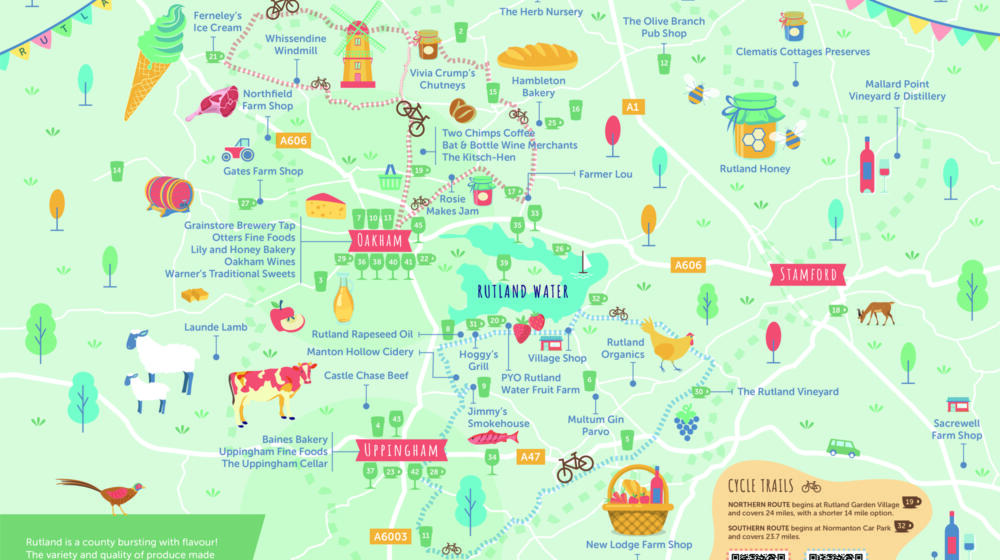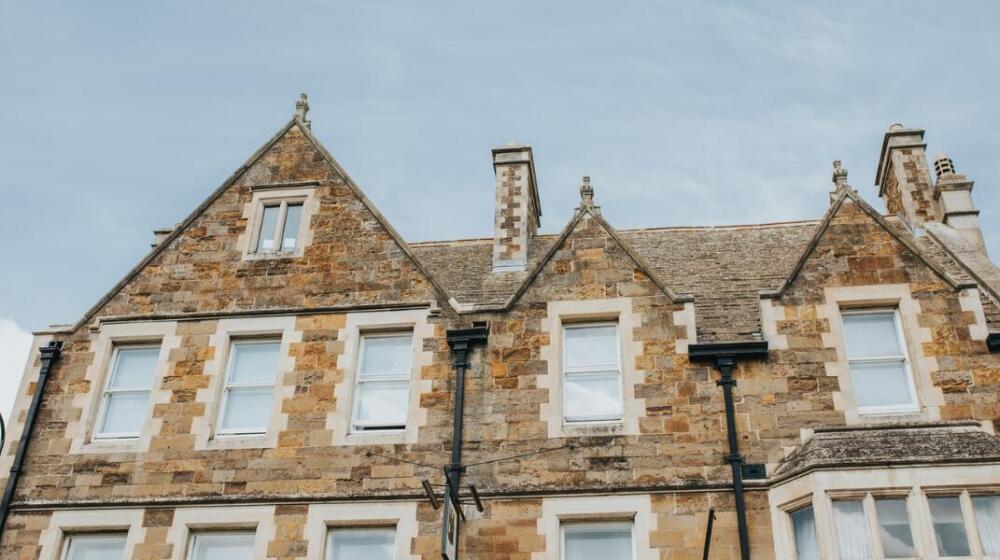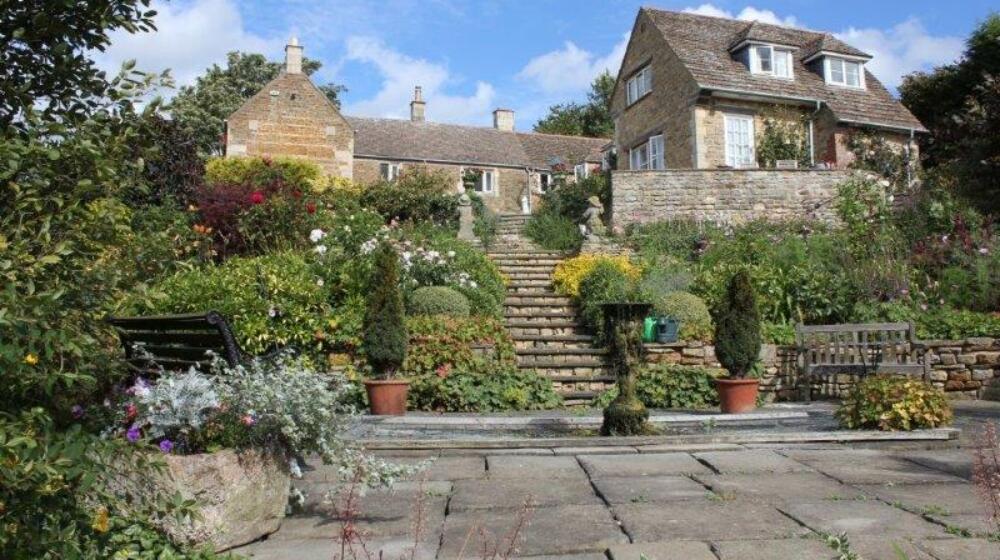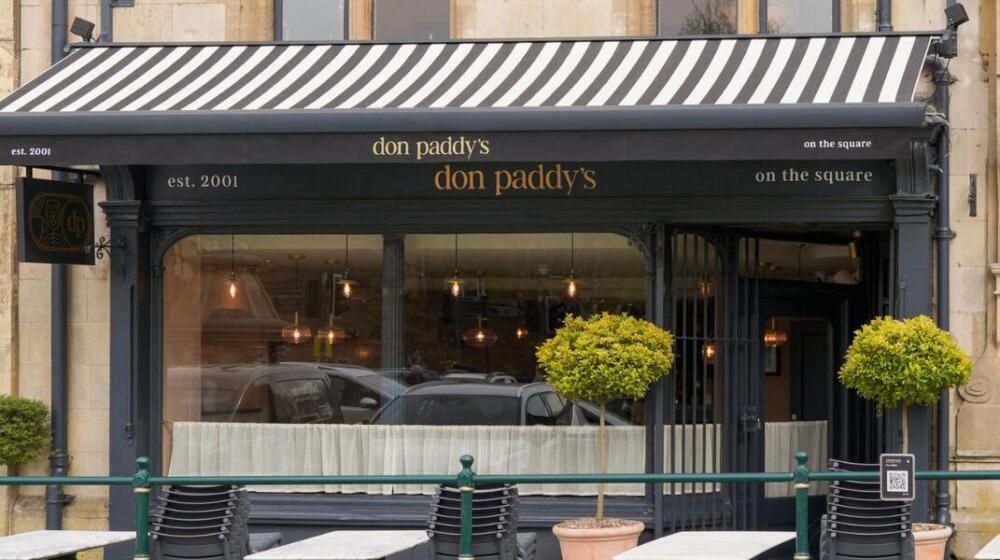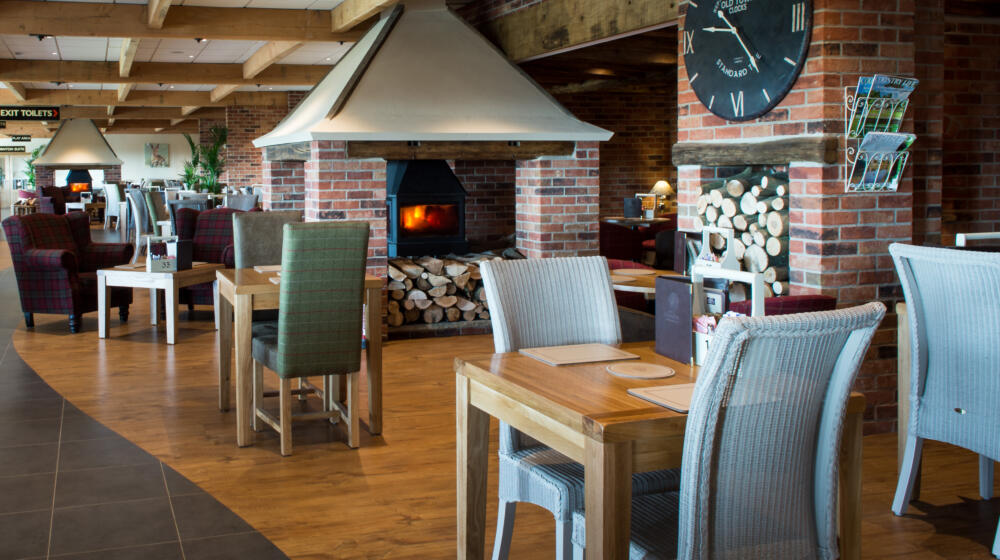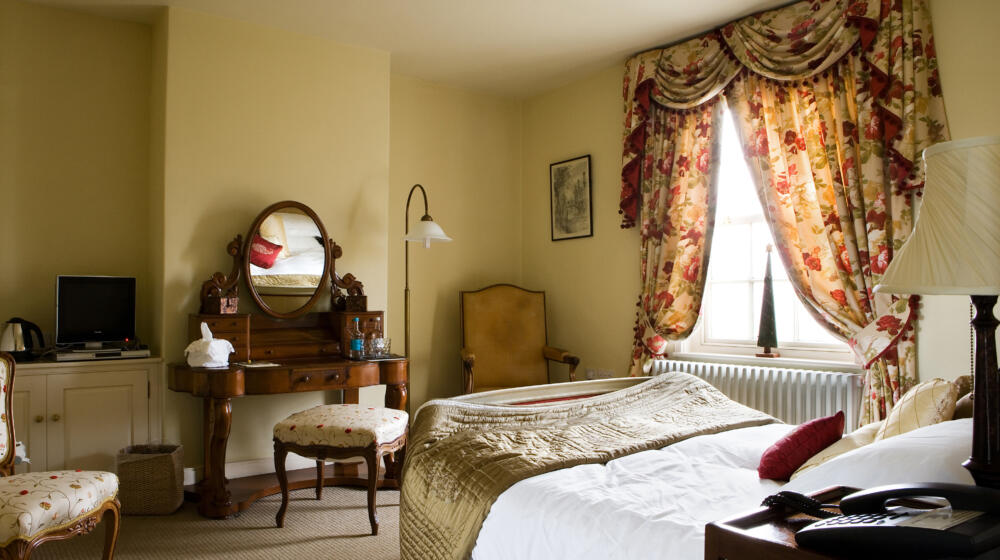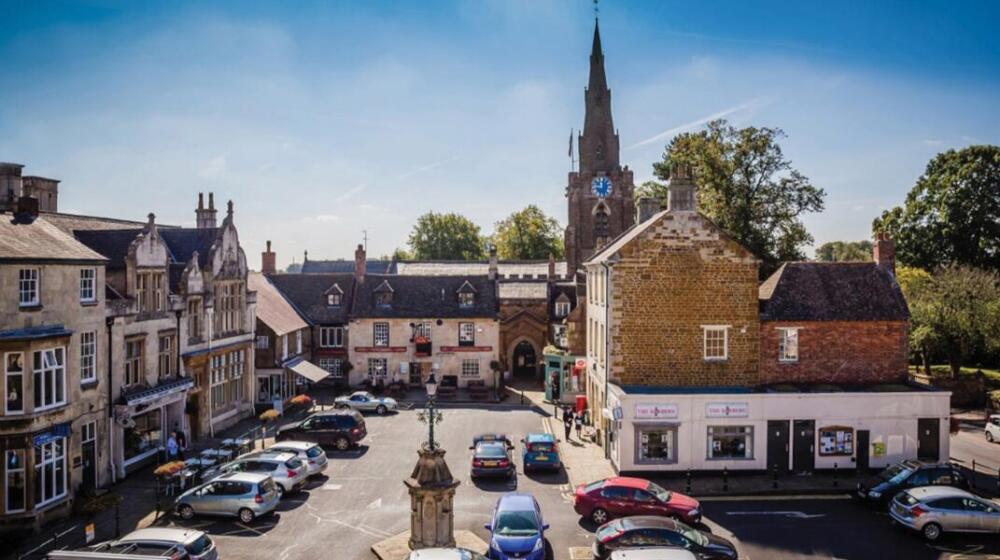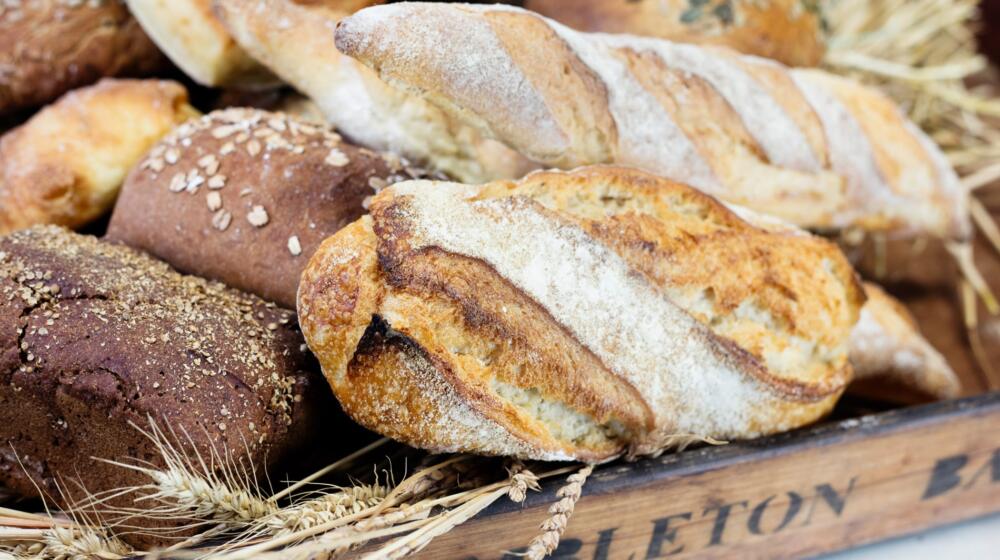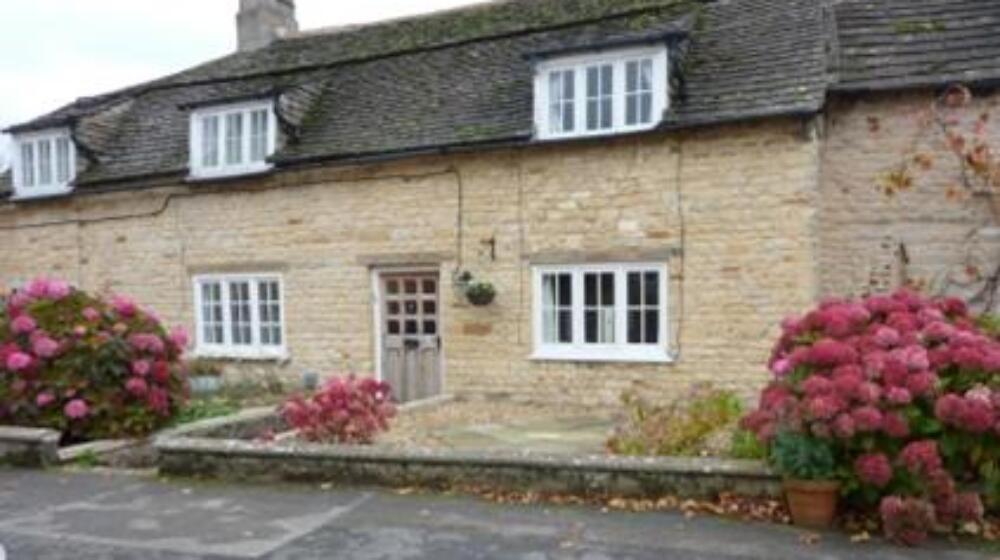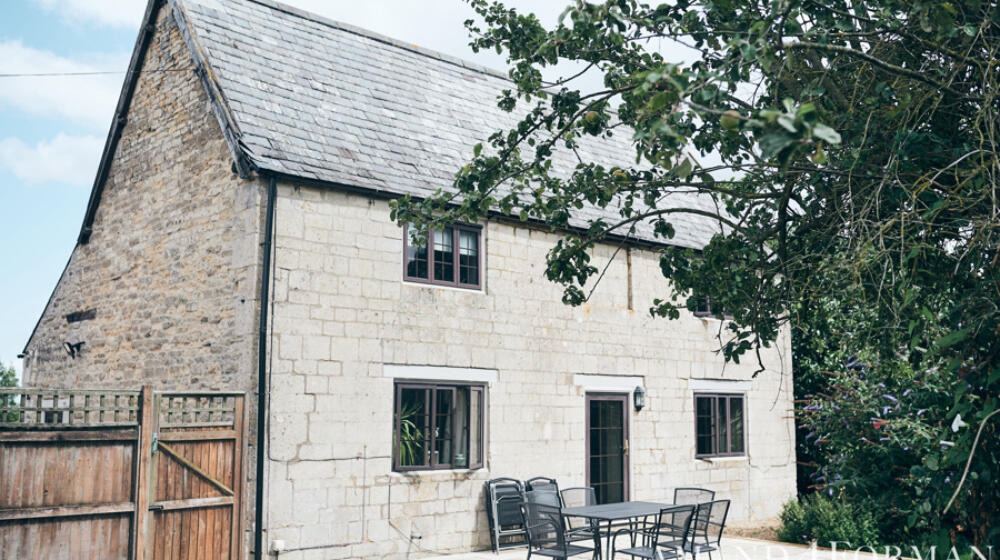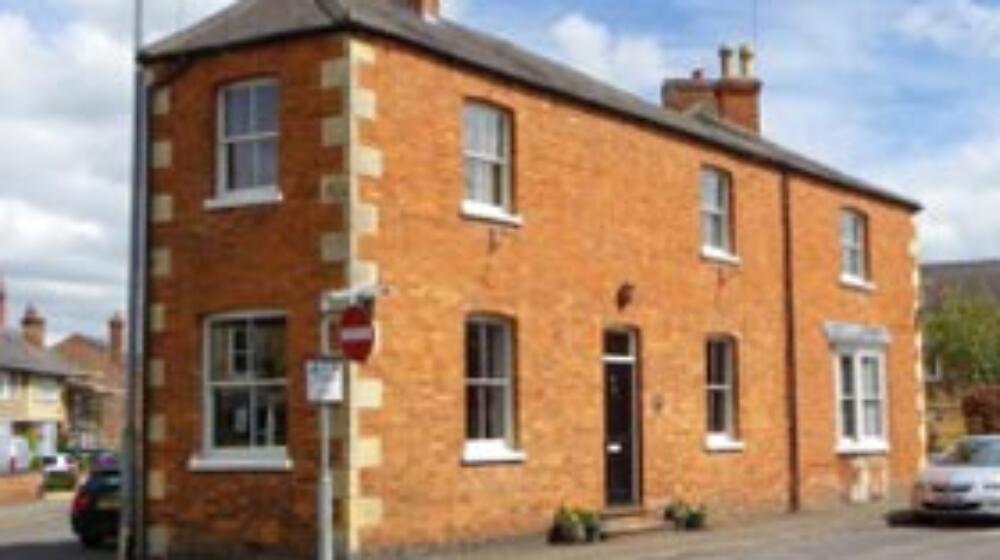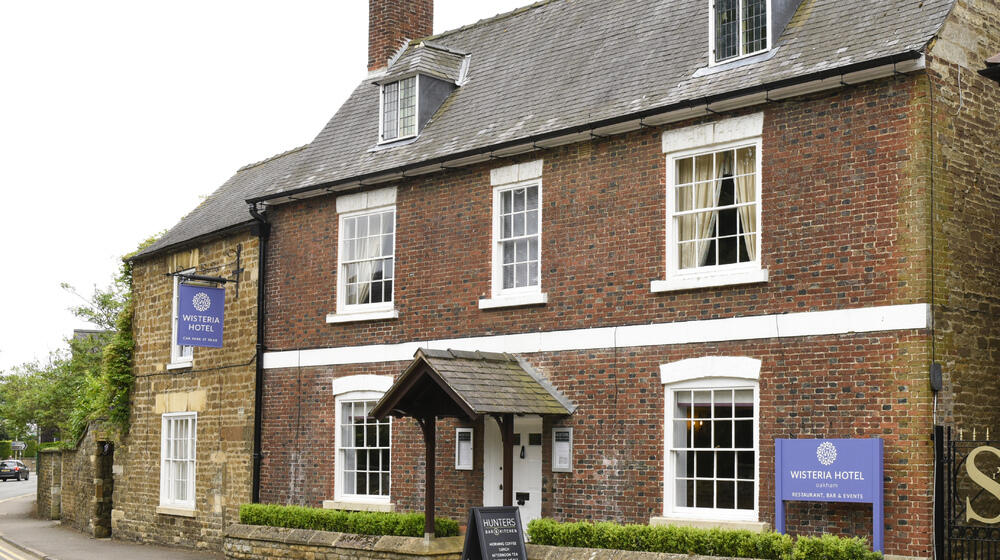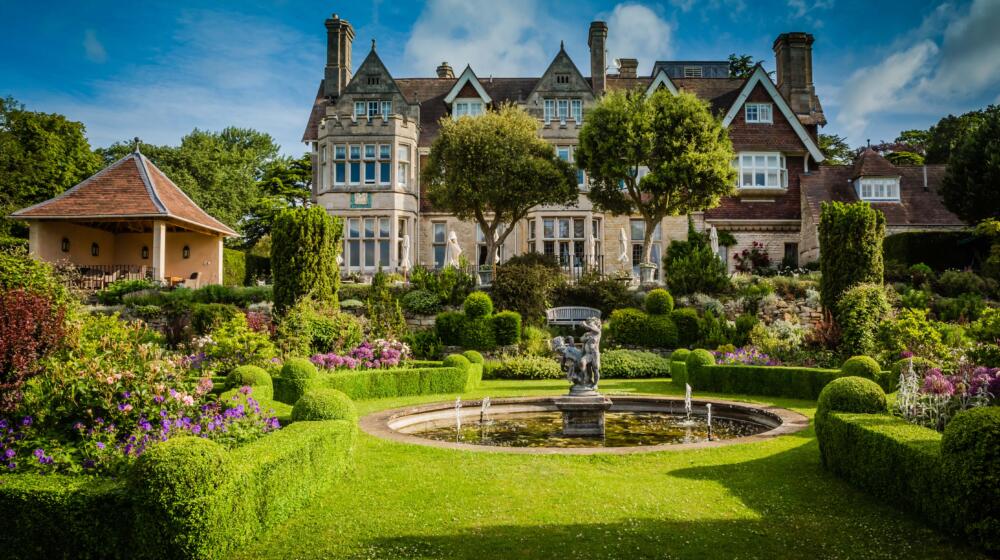Description
Oakham is a unique place as it has one of the oldest continually active courts in England. There are numerous sites linked to crime and punishment and the last remaining New Drop Gallows in England, all within a short walk.
Follow our trail and learn more about Crime and Punishment in Oakham and discover some extraordinary characters. Click here to view the Crime & Punishment leaflet
1. Oakham Castle
The royal gaol for Rutland was originally in the castle grounds.However, it does not seem to have been very secure as there were numerous escapes. This castle dates from the 12th century and has one of the oldest working courts in England. Assizes, Quarter Sessions and Petty Sessions have been held here. Today the Great Hall is sometimes used as a Crown or Coroner’s court. The castle cells are still used during trials. The horseshoes on the wall were donated to the Lord of the Manor of Oakham by visiting peers of the realm including
judges. The use of the Great Hall as a court is the main reason the castle has survived to this day.
2. Stocks
These stocks, which are under the Butter Cross in the Market Place, are Grade I listed. They have five holes rather than the usual four. Criminals would sit with their feet and sometimes their hands trapped in the stocks. They were then left to suffer the scorn of passers-by and the effects of the weather.
3. Police Houses
These three sets of semi-detached houses were built for the Rutland Constabulary in 1951 for local Police Officers. Houses were in short supply after World War II. Quality homes were therefore provided for key personnel so that they could concentrate on their work.
4. The Workhouse
This workhouse was built between 1836 and 1837. Designed by William J Donthorn, it housed up to 167 paupers from Oakham and the surrounding area.
The workhouse was often seen as a form of punishment, a place of last resort. It provided shelter, clothes and food. In return inmates would have to work, unless they were too old or too ill. If they refused, they were punished. Workhouses were abolished in 1930 and Oakham Workhouse became Catmose Vale Hospital. It is now part of Oakham School.
5. Police Station
This was the site of the original Police Station and the Chief Constable’s House. Rutland police force was set up in 1849 with one officer. By 1864 there were eight. Petty theft was a common crime and there were harsh punishments. In 1874 Sam Kettle of Whissendine stole four cabbages and was sentenced to 14 days hard labour. Policemen worked 12 hour shifts, seven days a week. They were on call even when off duty. On Sunday they had to go to church. The pay was £1 a week minus their board and lodging.
6. New Gaol
The New Model Prison was built in 1810 at the corner of Northbackway (now Station Road) and Cemetery Road (Kilburn Road). It cost £9,351 and had room for 96 prisoners.
However, as the average number of inmates in any year was 21, it was too expensive to run and it was closed in 1878. In total five public hangings took place at the prison. The last one was John Perkins in 1833. The former men’s ward, the treadmill house, the stable block and some of the boundary wall are now part of Oakham School.
7. Old Gaol (Site of)
Around 1498 the county gaol was moved to the corner of High Street and Gaol Street. It was a two storey thatched building with the keeper’s house overlooking the High Street. The gaol housed felons, debtors and other groups of prisoners. Each group had their own courtyard. In the felon’s yard there was a whipping post. In 1789 the gaoler, Henry Lumley was murdered by Richard Weldon who was due to be tried with his brother for the murder of John Freeman. The brothers were found guilty and hanged at Mount Pleasant. The prison was demolished in 1810.
8. Pillory (Site of)
A pillory once stood opposite The Crown Hotel at the South end of the Market Place. It was used as a punishment for crimes such as embezzlement and fraud.
In 1816 the use of the pillory was restricted to perjury only. It finally was abolished in 1837.
9. Yule House
This house is also known as the Judge’s Lodgings and dates from 1700. The judge for the assize court would stay here.
Every morning there would be a procession to the castle court with the judge arriving to a fanfare of trumpets. When one of His Majesty’s judges stayed at the Judge’s House, the local police force was responsible for his safety. A guard would stand outside 24 hours a day.
10. Gibbet Gate (Site of)
Gibbet Gate was at the junction of South Street and Catmos Street. Criminals were were often hanged in gibbet irons as a warning to others.
11. Swooning Bridge
This grade II listed bridge is thought to date from the early 19th century. It is said that when crossing this bridge, the condemned would first catch sight of the gallows on Mount Pleasant and that ladies would faint or swoon on seeing bodies hanging from the gibbet. John Doncaster (1808-46) headmaster of Oakham School would allow boys to attend the assizes to ‘learn how the law was administered and to take warning from sad examples’. Names of Oakham School boys are etched into the stonework of the bridge including J Atlay, Bishop of Hereford 1868-94.
12. Mount Pleasant
This was the site of the gallows before New Gaol was built. The Weldon brothers were the last people to be hanged here.
13. Gallows in Rutland County Museum
The gallows date from 1813 and are the only surviving example of a ‘New Drop’ dismountable gallows in Britain.
This type of gallows was designed with two horizontal doors that would open to drop the condemned to their death. It was an attempt to make death quicker and more humane but in reality the drop was not usually long enough to break the neck cleanly.
The first men to be hanged on these gallows were Almond and Holmes who were found guilty of burglary. They were in use until 1833 when John Perkins, the last man hanged in Oakham, was executed for wounding a gamekeeper.




